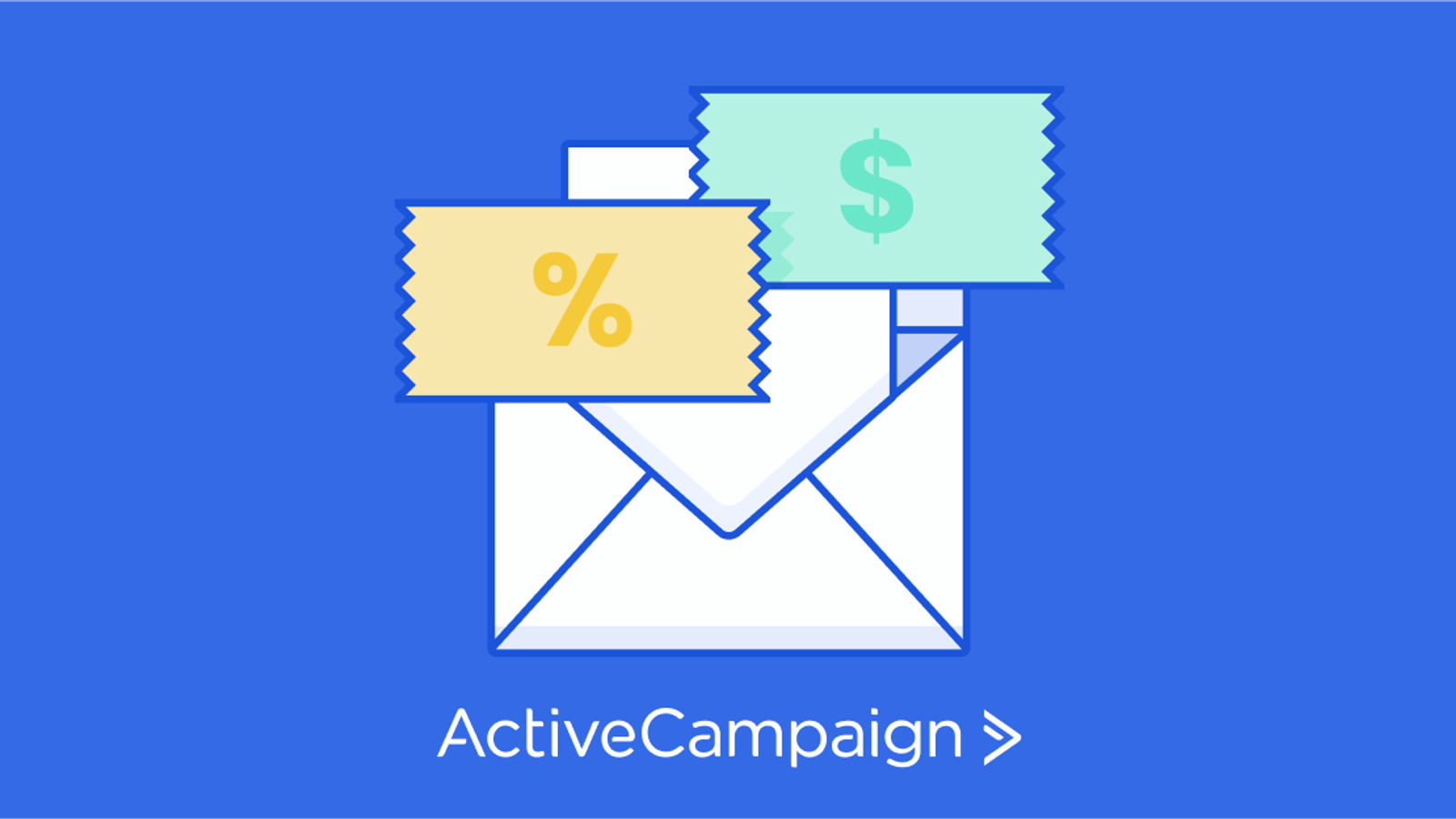What is an email coupon?
Email coupons are vouchers you can send your contacts that entitle them to a discount on a particular product or overall purchase.
People really, really love coupons. The numbers don’t lie:
- According to RetailMeNot, 96% of Americans use coupons
- In 2016, 126.9 million people used coupons — up from just 92.3 million people in 2012
- By 2022, digital coupon redemptions are set to total $91 billion
How can your business capitalize on the coupon craze? Keep reading to learn:
- Why you should send email coupons
- 4 types of email coupons you can send to customers (with examples!)
- How to send email coupons — without breaking the bank
- Personalized sales discount codes to knock your customers’ socks off
Black Friday is a big opportunity – don’t miss the chance to make the most of it for your business. The ActiveCampaign Black Friday Toolkit has what you need to successfully prepare for the big event. Access here!
Why should you send email coupons?
Done right, sending email coupons can help you…
Grow your email list
If you’ve taken Psych 101, you’ve heard of the principle of reciprocity. When you give someone something, they’re more likely to return the favor.
How does that apply to email coupons?
If you want to encourage people to opt-in to your email list, give them a discount in exchange for their email. According to Technology Advice, receiving coupons and offers is the top reason people subscribe to email lists.

Trading coupons for email addresses? Good deal. (via Tenor)
See better email ROI
How much money do you make from your marketing emails? Chances are, you could be making more by offering coupons. Emails containing coupons see a 48% increase in revenue per email.
Even if you don’t count the dollars-per-email, coupons can boost your overall email marketing performance. According to ReadyCloud, emails containing a coupon see a:
- 14% higher open rate
- 34% higher unique click rate
- 27% higher transaction completion rate
Try it now, for free
Gain new customers and increase sales
Can giving your customers discounts really make you more money?
Yes! On average, coupon users spend 24% more than regular shoppers.
(Otherwise, no one would ever offer coupons. Duh.)

Who doesn’t love free money? (via GIPHY)
Offering email coupons can be especially effective for new customer acquisition.
- 57% of people say they wouldn’t have made a purchase at a new retailer for the first time without a coupon
- 39% of consumers said they’ve purchased a product from a brand they wouldn’t normally have bought because they had a coupon
Plus, coupons can shorten the sales cycle: 48% of consumers say they’re more likely to make a purchase sooner than normal so that they can use a coupon.
Keep ‘em coming back for more
Customer acquisition is great for business. Customer retention can be even better.
You’ve probably heard this famous stat: It costs 5x (or 6x… or 25x… depending on who you ask) more to acquire a new customer than to keep an existing one.
Offering email coupons boosts customer loyalty — especially if you reward them based on how often they buy:
- 68% of customers say coupons generate loyalty
- 82% of people are more likely to continue using a retailer that offers consistent deals
- 57% of consumers join loyalty programs to save money

Rihanna gets it. (She’s singing about a customer loyalty program, right?) (via GIPHY)
Get more word-of-mouth marketing for your brand
Literally anyone: “I like your shirt!”
Me, always: “Thanks, it was on sale!”
People love to talk — nay, brag — about getting good deals. 91% of Americans said they would share an exclusive offer with their friends and family.
In this blog post, BigCommerce asked David Mercer (Founder of SME Pals) about word-of-mouth marketing. He explains how offering coupons helps:
“If someone has had a good experience with your company and passes this message along, they are also likely to point out helpful tips (i.e. be sure to pick up your discount coupon, or log in to get a free gift, etc) that make your offering more attractive to that person BEFORE they have even visited the site.
Word of mouth customers come with built-in levels of trust and confidence that other channels don’t.”
4 types of email coupons you can send
Here are 4 types of email coupons you can send to your email list — plus examples of each.
1. Discount codes
A discount code lets your customer pay an amount or percentage less than the listed price for an item. If you send your customers a coupon code for 25% off their purchase, they’ll only pay $75 for an order that would usually cost $100.
Discount codes are the most popular type of email coupons. According to Placed, 60% of consumers prefer discounts over other types of promotional offers like rebates or free gifts.

To encourage customers to spend more, these discount codes sometimes require a minimum purchase. For this Madewell sale, you’ll only receive 20% off if you spend more than $100. (Challenge accepted.)
2. BOGO (buy one, get one)
BOGO means “buy one, get one.” A BOGO coupon or discount rewards customers by giving them their second (or third, or fourth) item free or at a discount.
BOGO discounts are a popular way for retailers to liquidate extra products. As long as your customers end up paying more than it costs you to make the product, you’re in the clear. If a shirt costs $5 to make, and you sell it for $25, a buy-one-get-one-free still nets you $15 for two shirts.

You get a frame! And you get a frame! Everybody gets a frame!
3. Free gifts
Offering a coupon for a free gift with a purchase can help boost sales and get people excited about your ecommerce store. By adding a free gift when a customer meets a purchase minimum, you can encourage customers to buy more.
As an added bonus, you might get some word-of-mouth marketing: people who get a product for free talk about it 20% more than those who paid for the same item.
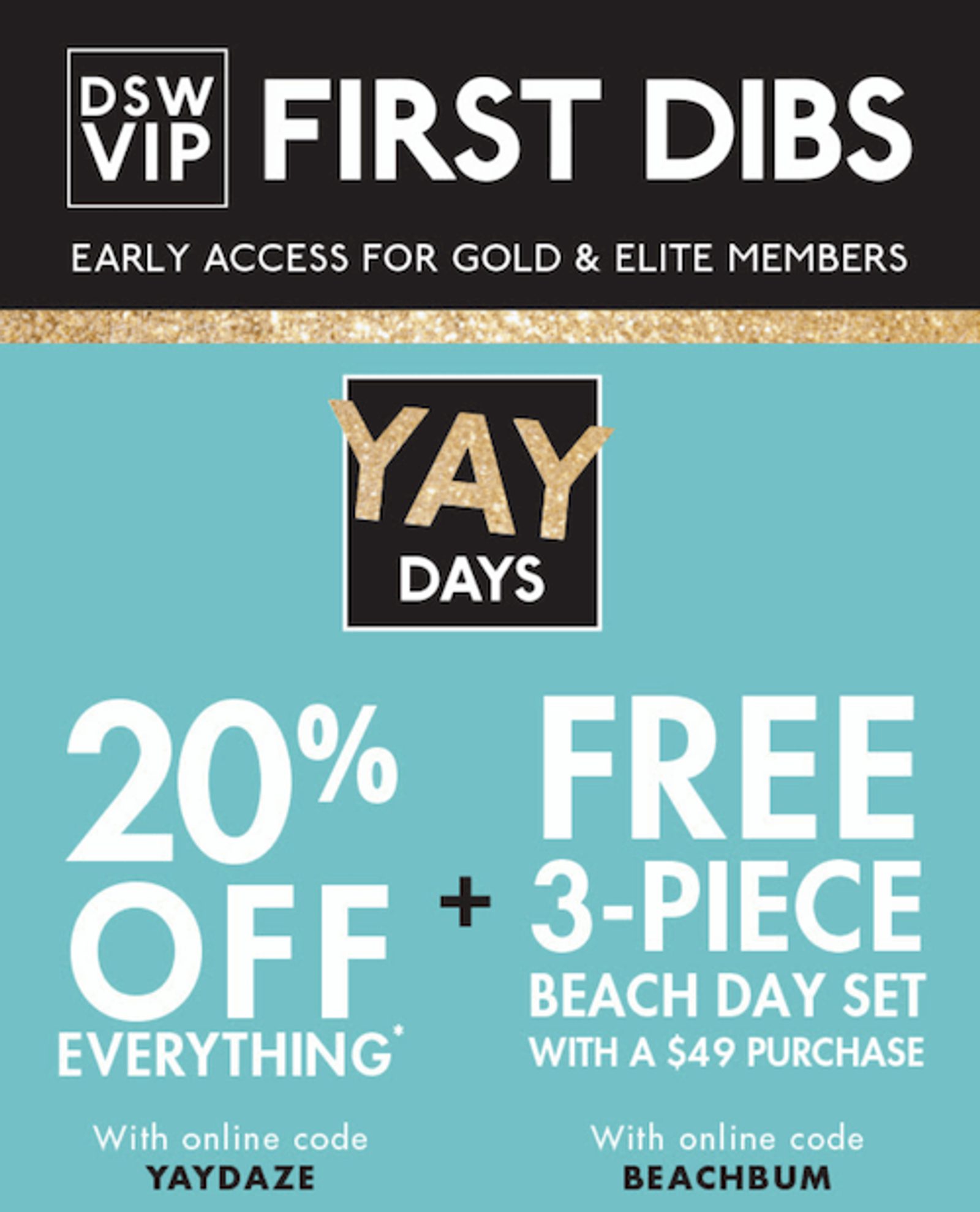
A discount code AND a free gift? Double whammy!
4. Free shipping
Thanks to Amazon, free shipping has become a given when it comes to online shopping. If you’re not already offering free shipping on your ecommerce store, offering free shipping email coupons can help you boost sales.
Still not convinced? Experian found that emails offering free shipping are 72% more effective (in terms of open and click-through rates) and generate 53.3% more revenue than emails without a free shipping offer.
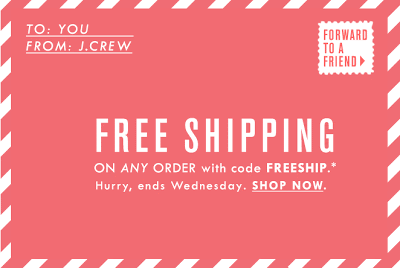
Offering free shipping based on a purchase minimum is nice, but free shipping on any order is even better.
How to send email coupons — without breaking the bank
Email coupons are like super spicy hot sauce: a little can go a long way.
The main goal of coupons: is to attract new customers who are likely to buy from you again later — at full price. Coupons are a great way to grow site traffic and boost sales, but sending coupons out too often can devalue your business.
Think about it: if customers can always count on a 20% off coupon from your store, why would they ever pay full price on your site again?
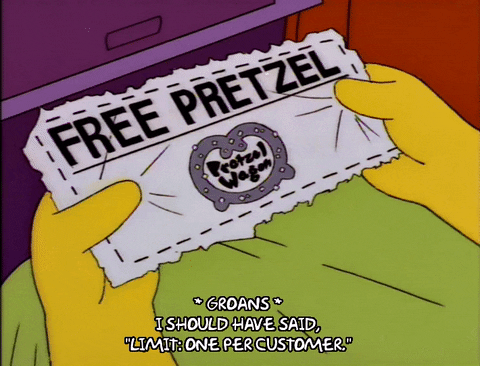
Don’t let people game your coupon system! (via GIPHY)
Plus, we’re bombarded by “limited time only!” and “special offer!” every single day. Coupon fatigue is real.
So how can you strike the right balance between stinginess and over-sending coupons?
Segmentation, segmentation, segmentation
In email marketing, segmentation is your BFF. Segmenting your email list just means breaking it into smaller groups based on what people have in common.
- 48% of consumers say they want more emails, but only if they’re personalized
- Segmentation outperforms non-segmentation in every metric
- 76% of customers feel that receiving personalized discount offers based on their purchase history is important
Be cliquey
This isn’t middle school — exclusivity is actually a good thing!
One of Robert Cialdini’s famous persuasion techniques is scarcity. Making things exclusive or only available for a limited time makes us want them more. When we think that only so many people can get something, we view it as worth having.
Making an offer exclusively available to VIP customers makes it way more appealing. After all, who doesn’t want to be a VIP?

DSW makes me feel like a VIP by including this at the top of a coupon email full of discount codes. Heck yeah, I’m elite!
5 tried-and-true coupon email tips and tricks
Here are 5 more tips for sending the best promotional coupon emails in the game:
- Use just one email call-to-action (like “Shop Now!”)
- Create an amazing email subject line (have you seen our subject line generator?)
- Segment what you send to existing customers
- Keep your email deliverability high (don’t be spammy)
- Optimize the little things, like the sent from field and email preheader
Personalized discount codes to knock your customers’ socks off
When Spencer and Josh launched their sock subscription service, Socks on Schedule, they ran a giveaway — free socks for a year — to build momentum. Customers shared their email addresses in exchange for entry.
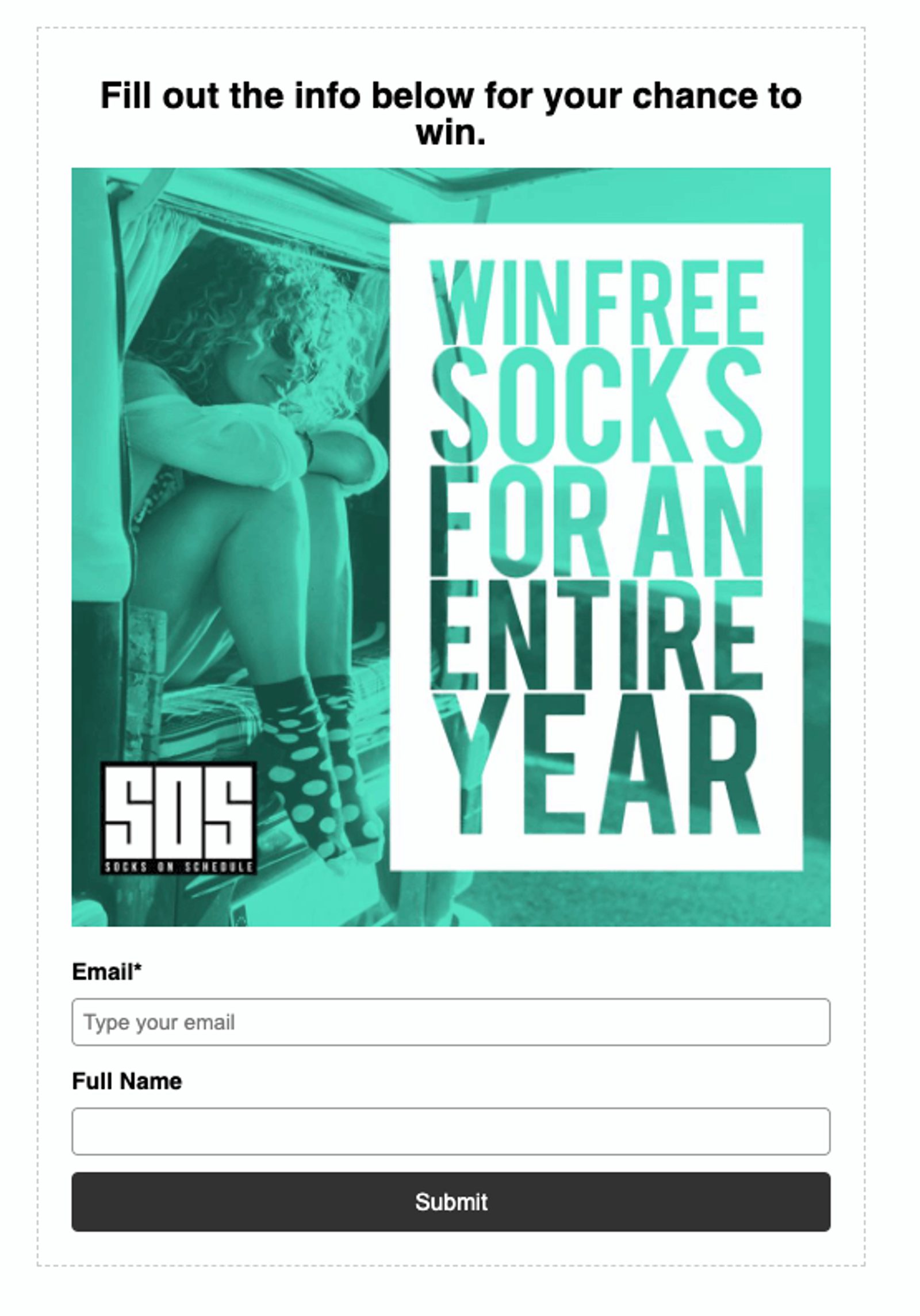
This is the form Spencer used to capture names and emails for the contest.
Once the contest ended, Spencer ran a campaign to announce the winners and give everyone a discount on a Socks on Schedule monthly subscription.
He wanted to offer multiple discount levels: 20% off, 30% off, and 40% off. He also wanted to make sure that each customer had a unique coupon code that could only be used once.
To give every contestant their own one-of-a-kind code, Spencer used personalization tags in ActiveCampaign. Here’s how he did it:
- He used Cratejoy, his subscription ecommerce platform, to generate unique coupon codes for entrants — 20%, 30%, 40%, and one for the free membership winner
- He randomized the codes, then entered them into a .csv file alongside the contacts’ email addresses
- He created two new custom fields in ActiveCampaign: coupon code and percent discount
- He uploaded the .csv into ActiveCampaign, where the code and percent discount fields were matched up with each contact
This lets Spencer personalize emails based on each contact’s discount and unique code. He wrote “Your coupon for [PERCENT DISCOUNT] is [COUPON CODE]” in the email. For each recipient, ActiveCampaign automatically filled in those personalization tags based on the custom fields.
Email coupons made easy — and personal. Need inspiration? Check out these email templates to get started.

